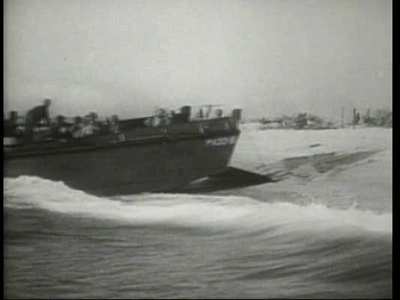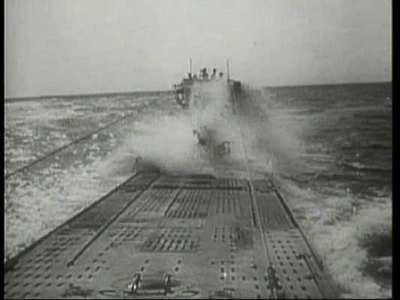Review of Victory At Sea (Box Set)
Introduction
In modern warfare, where air superiority over land is the key to victory, navies around the world have been scaled down, primarily playing a supporting role to transport planes, bombers and fighter planes.
It was a different story altogether in World War 2, with control of the seas playing a crucial role in the war. Transport of troops and equipment from America and Canada to Britain across the Atlantic was critical as the was progressed, and the Germans attempted to cut Britain off by attacking the convoys. Similarly, throughout the war, many crucial battles took place around the world for the control of shipping lanes, harbours, territory and crucial islands used for refuelling etc.
This acclaimed series was made in 1952, seven years after the end of the war, and documents many of the sea battles that took place. The programs are comprised entirely of war footage, providing a historical record of the events.

Video
Given that the footage in the program ranges from 63 to 57 years old, you won`t be surprised to learn that compared to a modern documentary series, the picture quality leaves a lot to be desired - the 4:3 fullframe black and white pictures are grainy, plagued with specs of dirt and have limited and inconsistent contrast.
Of course, picture quality is irrelevant for this historical documentary series, and the hours of footage from the war is endlessly fascinating.

Audio
As with the video, the soundtrack isn`t going to be vying for any awards, but again this is irrelevant as it is a historical record of World War 2.
The sound consists of spells of narration over an orchestral score - which in truth becomes tiresome after a while - however the narration is clear and understandable.
There are no subtitles.

Features
The only extras on offer are biographies and a picture gallery.
The boxset comprise two three disc wallets housed in a cardboard outer sheaf. Each disc contains either four or five episodes, each about on aspect of the war, easily selectable through basic menus.

Conclusion
The main draw of Victory at Sea is that it is entirely comprised of footage of the war, not the endless diagrams, reconstructions and conjecture of many modern documentaries on the subject.
The footage is interesting, but the newsreel style of presentation combined with the continual orchestral score makes watching more than one episode at a time rather tiresome.
To summarise, Victory at Sea is a valuable historic reference due to the amount of war footage contained, but as entertainment the presentation is too outdated to make it watchable for long periods.
Your Opinions and Comments
Be the first to post a comment!